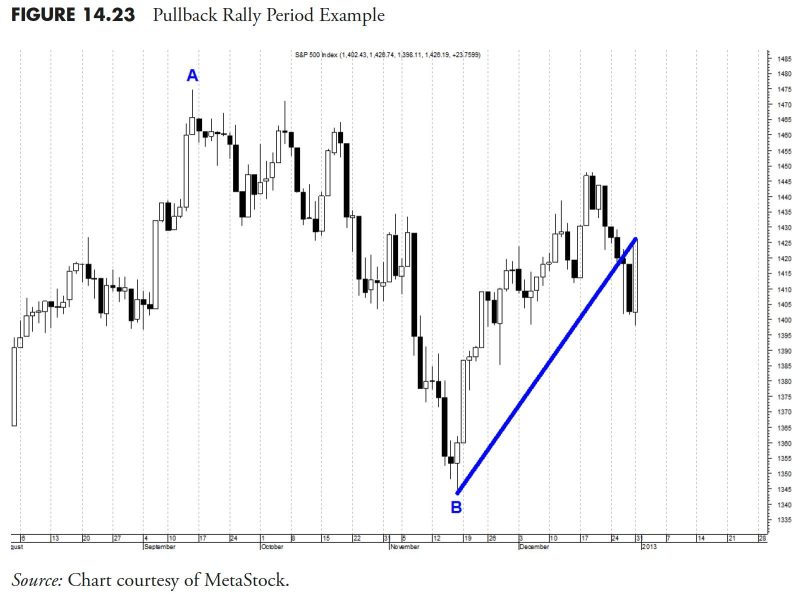Security Selection Rules and Guidelines for Successful Money Management
When it comes to effective money management, having sound security selection rules and guidelines is crucial for achieving long-term success in the financial markets. This article will explore key principles and strategies that can help individuals navigate the complexities of security selection and make informed decisions that align with their investment objectives.
1. Define Your Investment Objectives
Before diving into security selection, it’s essential to clearly define your investment objectives. Are you seeking capital appreciation, income generation, or a balanced approach? Understanding your goals will guide you in selecting securities that are in line with your desired outcomes.
2. Conduct Thorough Research
Successful security selection requires thorough research and analysis. Begin by examining the fundamentals of the companies or assets you are considering investing in. Look at key financial metrics such as earnings growth, revenue trends, and industry dynamics to assess the overall health and potential of the investment.
3. Consider Diversification
Diversification is a cornerstone of effective money management. By spreading your investments across different asset classes, sectors, and geographies, you can reduce risk and enhance potential returns. When selecting securities, aim to build a well-diversified portfolio that aligns with your risk tolerance and investment goals.
4. Evaluate Risk and Return Potential
When selecting securities, it’s important to strike a balance between risk and return. Consider the historic performance of the security, its volatility, and how it fits within your overall investment strategy. Assess the potential upside and downside of each investment to ensure you are comfortable with the risk-return profile.
5. Stay Informed and Adapt
The financial markets are constantly evolving, and security selection requires staying informed and adaptable. Keep abreast of market trends, economic indicators, and news that could impact your investments. Be prepared to adjust your security selection strategy as market conditions change to optimize your portfolio performance.
6. Monitor Your Investments
Once you have constructed your portfolio, it’s crucial to regularly monitor your investments. Track the performance of your securities, review your asset allocation, and make adjustments as needed. Reassess your security selection rules and guidelines periodically to ensure they remain aligned with your investment objectives.
7. Seek Professional Advice
If navigating security selection seems overwhelming, don’t hesitate to seek professional advice. Financial advisors and wealth managers can provide valuable insights and expertise to help you make informed decisions about your investments. Consider working with a trusted advisor to develop a personalized security selection strategy that aligns with your financial goals.
In conclusion, effective security selection is a key component of successful money management. By defining your investment objectives, conducting thorough research, diversifying your portfolio, evaluating risk and return potential, staying informed and adaptable, monitoring your investments, and seeking professional advice when needed, you can enhance your chances of achieving your financial goals. Follow these rules and guidelines to make informed and strategic decisions when selecting securities for your investment portfolio.

